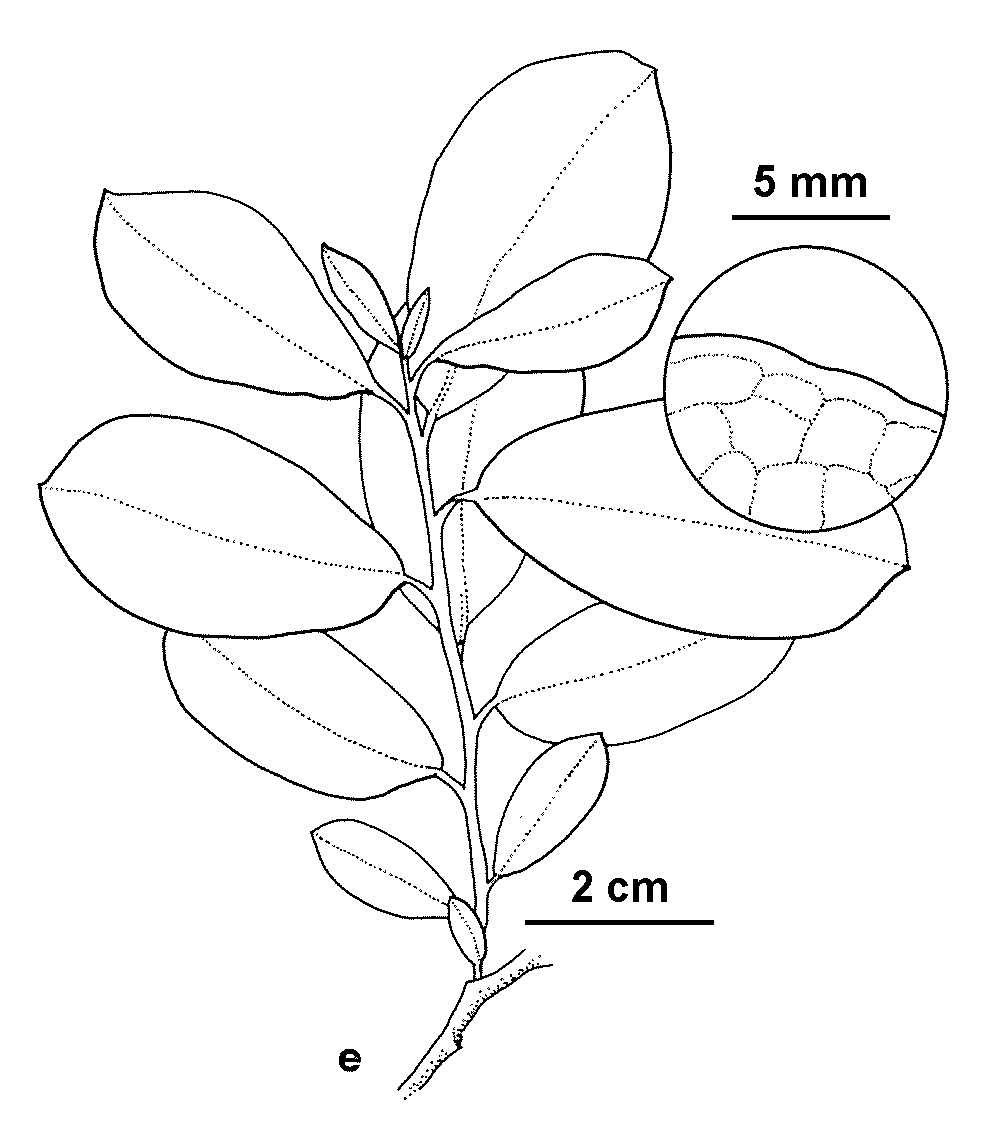Salix cinerea subsp. cinerea
Grey SallowSmall to large rounded shrub or small spreading tree to 10 m high with multiple stems or short trunk; wood generally strongly striate; twigs green or brownish-green; buds more or less densely pubescent. Leaves very variable, generally obovate or oblanceolate, 2.5–7.7 cm long, 1.3–3 cm wide, dull green and shortly pubescent above, softly pubescent to ultimately glabrescent below, hairs crisped, relatively long, not rust-coloured; margins varying from virtually entire to strongly undulate-serrate. Fruiting catkins to 8 cm long; capsule to 9 mm long. Flowers Aug.–Oct.
VVP, GipP, Gold, CVU, NIS, HSF, HNF, OtR, Strz, VAlp. Also naturalised NSW, ACT, Tas. Indigenous to Europe, Siberia, and northern Africa. Naturalised in New Zealand. Occurs along streams or near seasonal to permanent swamps and bogs, from sea-level to above the treeline, invasive in both disturbed and undisturbed situations. Most abundant in wetter parts of the Eastern Highlands and the Gippsland Plains.
Carr, G.W. (1996). Salix. In: Walsh, N.G.; Entwisle, T.J., Flora of Victoria Vol. 3, Dicotyledons Winteraceae to Myrtaceae, pp. 387–398. Inkata Press, Melbourne.
 Spinning
Spinning